Sanding walls is a fairly simple job. The key to success in this case is knowing which drywall sander will best meet your needs. There are various models available, with some quite significant differences between them.

Sanding walls is a fairly simple job. The key to success in this case is knowing which drywall sander will best meet your needs. There are various models available, with some quite significant differences between them.
Specifications of drywall sanders
A drywall sander is an electric tool used for smoothing plaster walls to achieve a uniform and polished effect. It is also perfect for sanding joints between drywall panels. Commercial models intended for professional use can also be used for removing wallpaper.
Thanks to the telescopic handle, you will easily be able to reach high places without a ladder.
Using a drywall sander is very simple. Attach the sanding pad to the sander and apply it to the surface. Then turn on the device and move it along the surface to eliminate any unevenness. Continue the process until you obtain a satisfactory result.
A very useful solution used in drywall sanders is the dust vacuum system, where plaster dust is passed through holes in the sanding pads into a special bag or an industrial vacuum cleaner. There are two ways in which the dust generated during the sanding process is collected. The first is through a channel located in the handle. The second is with a flexible hose run along the side of the device.
The only disadvantage of the second option is that the hose can accidentally bend or twist during use, which in practice would block it.
What should you pay attention to when buying a drywall sander?
If you are not sure which drywall sander will meet your needs, you should get to know their technical specifications. The most important aspect is the power output. So if you are looking for equipment for intensive work, then try to choose a model with as much power as possible. For basic use, a 600 watt machine should be enough. However, if you intend to use it extensively or for intensive work, it is worth investing in a more expensive model. Ideally, it should have a power of at least 800 to over 1000 watts.
Another important aspect worth paying attention to is the rotational speed, which directly affects the sanding speed. Effective equipment should have a rotational speed of about 2000 rpm. The power cable, or rather its length, is also of great importance for convenience of use. It is also worth paying attention to whether the cable has a fix to prevent it from getting rolled up.
The weight of the equipment is also important. The heaviest drywall sanders weigh about 4 kg, but smaller and lighter models will be much more convenient to use. The rotating disc is also responsible for the weight and size of the device. The disc is powered by an electric motor, and the larger it is, the greater the surface it can sand.
What drywall sander should you buy?
Which drywall sander you should buy depends on your needs. Both the power of the device and the sanding surface are important. The bigger they are, the better, allowing for more efficient work. It’s also good if the equipment has a speed control function. This will allow you to adjust the sanding intensity to the actual condition of the treated surface.
Also pay attention to whether the tool is equipped with a plaster dust vacuum system. Thanks to this, you will be able to connect an industrial vacuum cleaner to the sander, which greatly helps keep the surroundings clean. The sander should also not be too heavy, especially if you intend to carry out lengthy and extensive work. Otherwise you will get tired very quickly.
A drywall sander should also have as long a power cord as possible, and a long extension boom. This will make much more convenient for use in large spaces. You will not be limited by a short cable, and will be able to sand ceilings or high walls without using a ladder.
What additional tools should you buy for a drywall sander?
When investing in a drywall sander, you should also think about any additional accessories you might need. The most important are, of course, the sanding pads or mesh pads. When it comes to the paper, this is often aluminium oxide. Sanding pads with a layer making it easier to remove drywall dust deposits are also available used.
As for the mesh pads, the colour is the main differentiator in this case. Black ones – made of silicon carbide – ensure a high sanding speed. They are relatively stiff, making them great for use with a hard drywall finish. An alternative to them are white mesh pads, which are much softer, so you can also use them for sanding softer surfaces.
In addition to the pads, it is also worth looking into accessories that enhance the functionality of your equipment, as well as work comfort. These could be, for example, an additional cord and a handle that make it easier to maneuver the tool, handy for jobs that require more precision.
Recommended drywall sanders
If you are wondering which drywall sander will be best, you will certainly have come across websites with rankings of recommended models. The options presented will differ in terms of price, as well as features and the brand.
Sanders for professional use, with a brushless motor and increased resistance to moisture and dust, can cost even a thousand pounds. You will also come across much cheaper models intended for occasional home use, usually costing somewhere in the range of £100-200.
Which drywall sander should you choose? – summary
Choosing the optimal drywall sander depends on the scope and intensity of the work during which you intend to use it. The technical specifications of the chosen model, as well as any additional features, such as a dust vacuum system, also play an important role. When considering which model will be perfect for your needs, also bear in mind additional accessories, including additional sanding pads. It’s best to have a few spare pieces lying around, as you never know when you will need them.




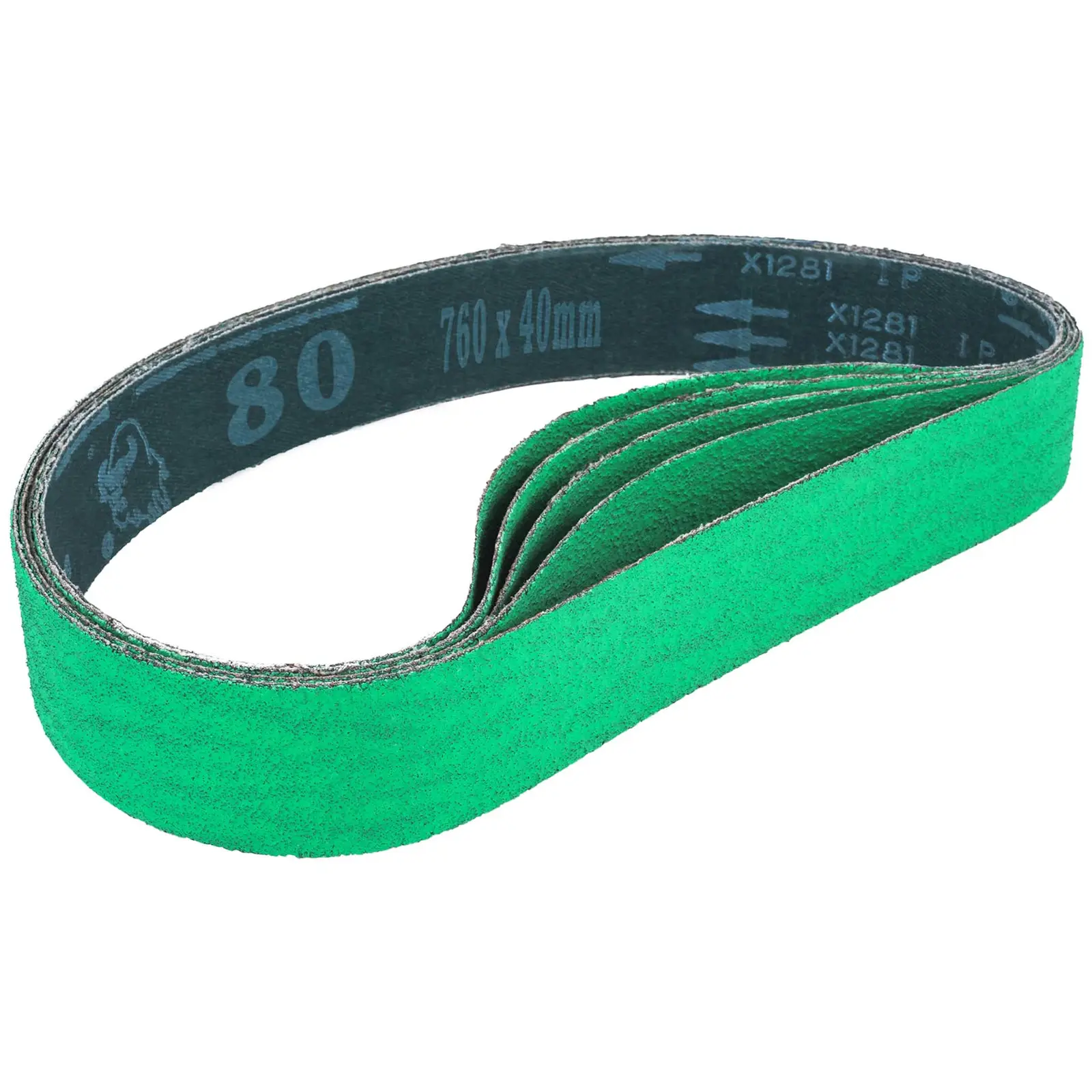
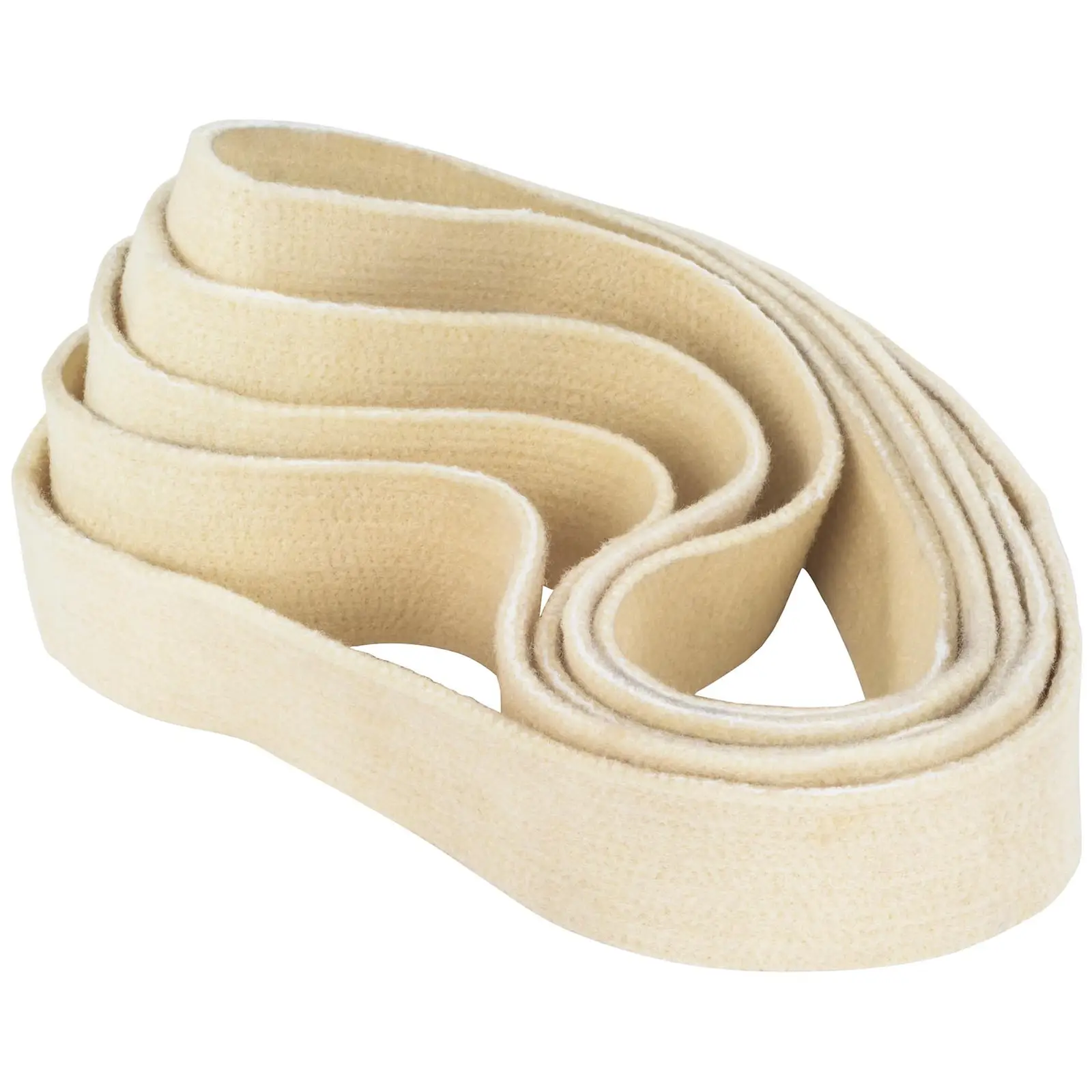
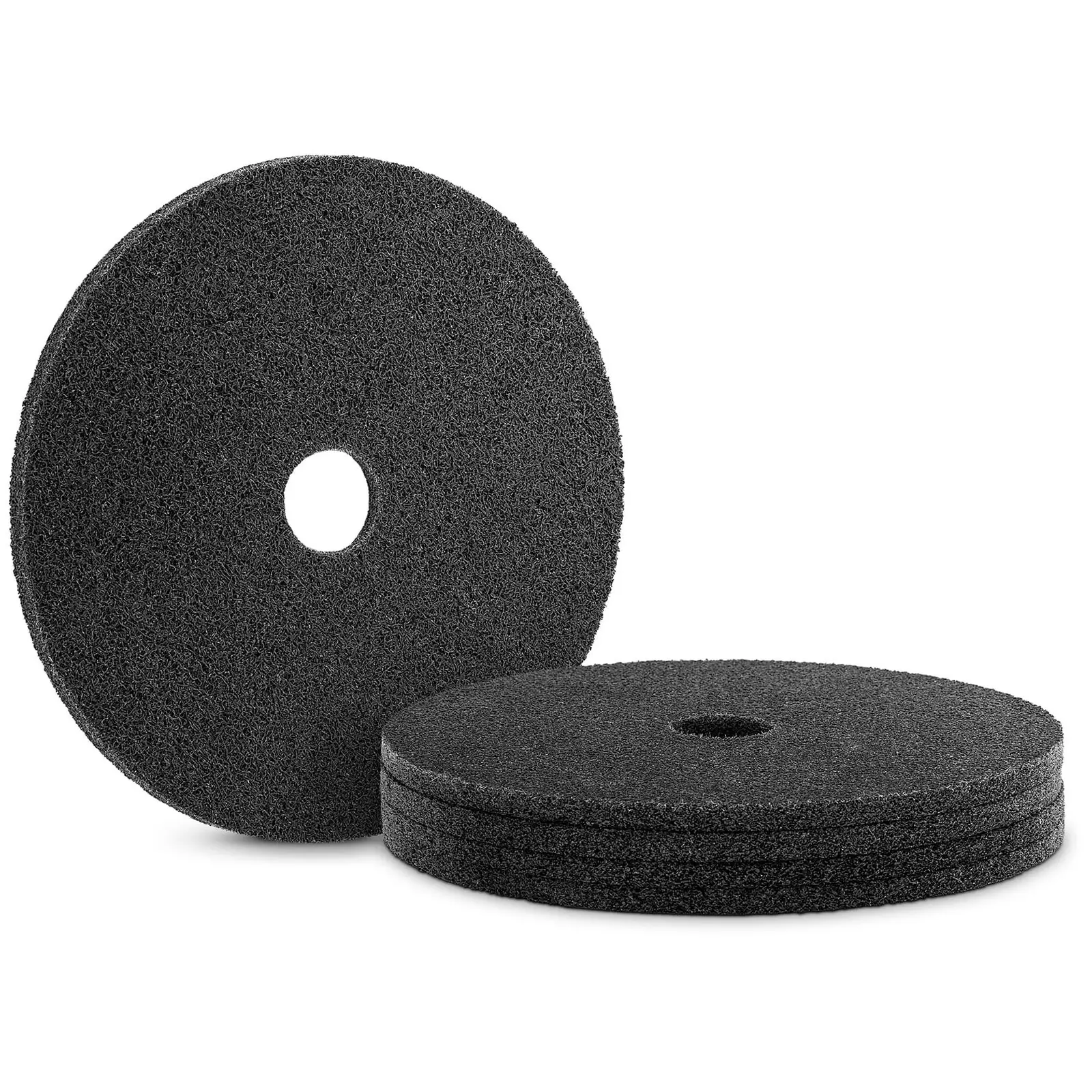
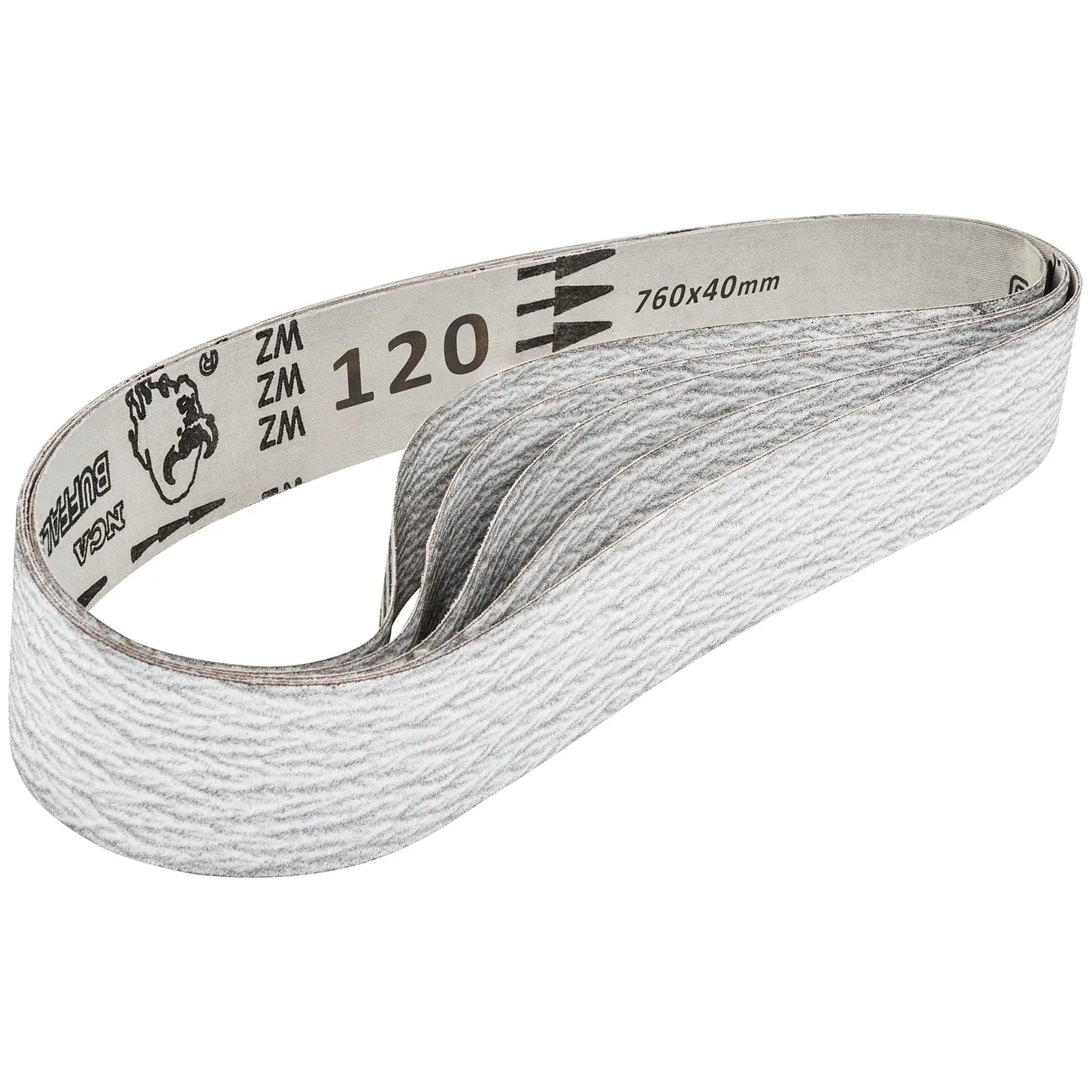
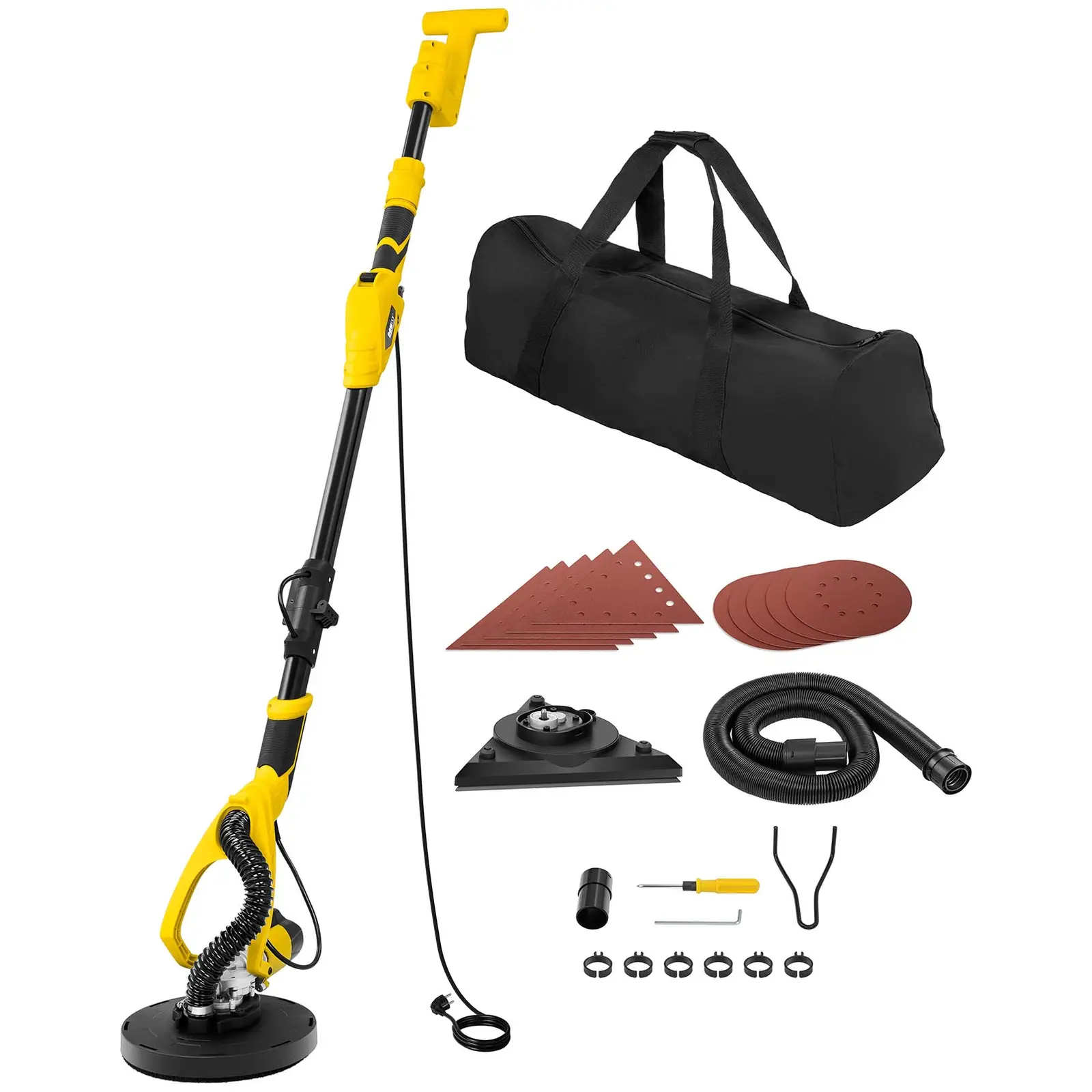
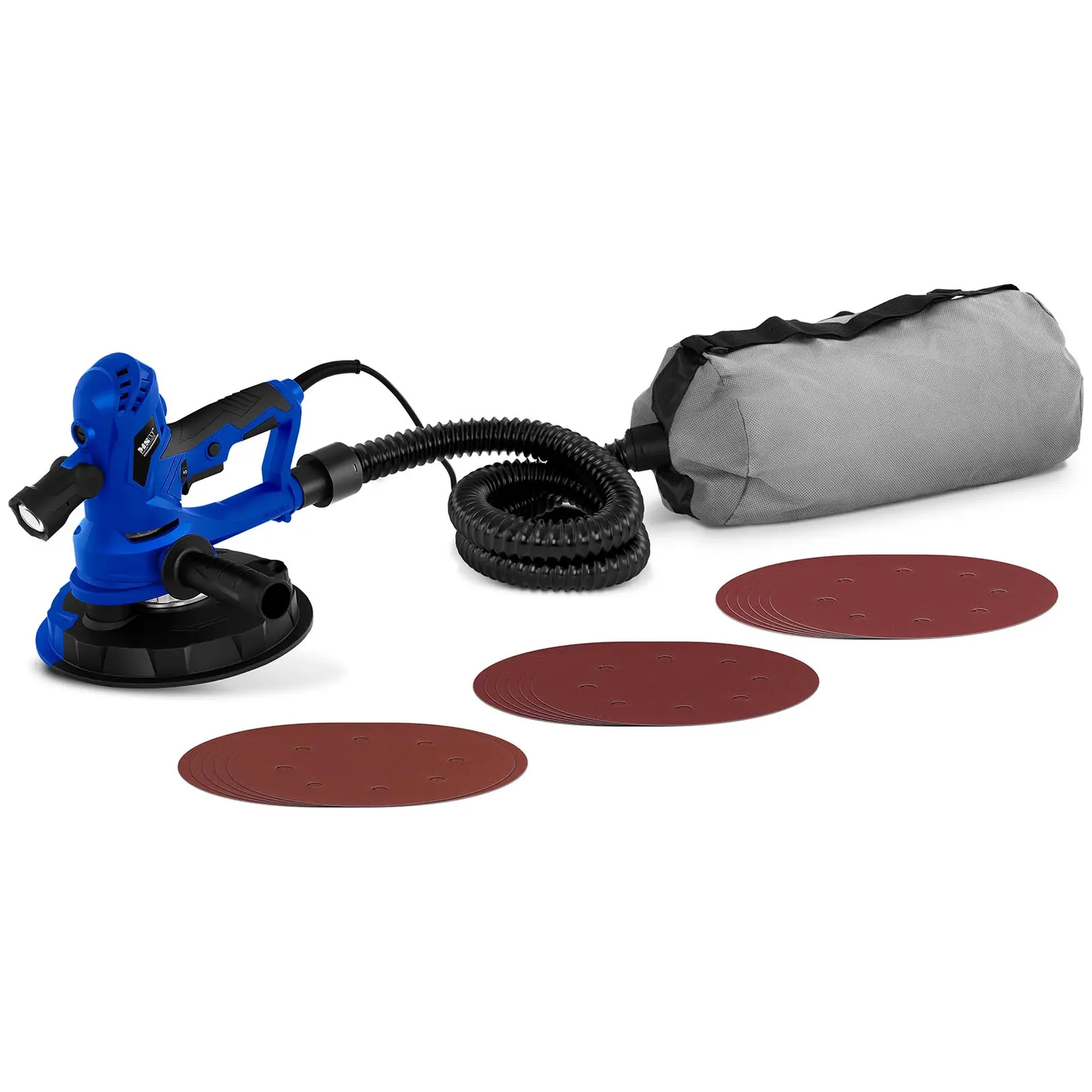
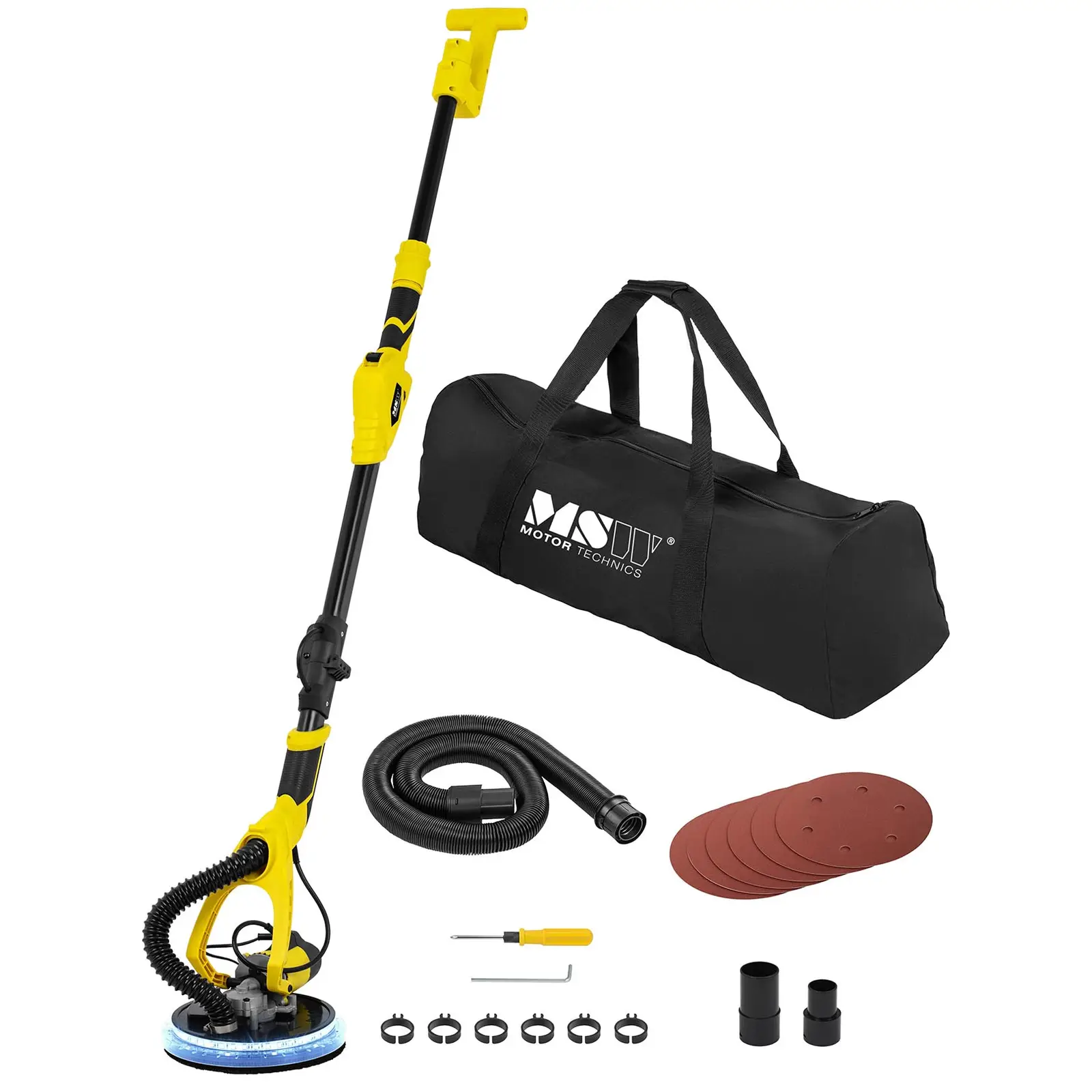

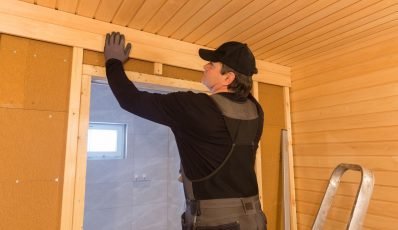
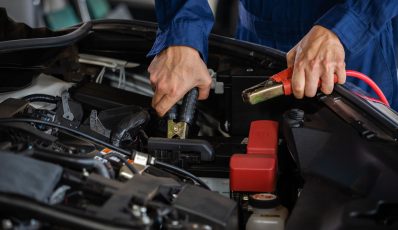



Share